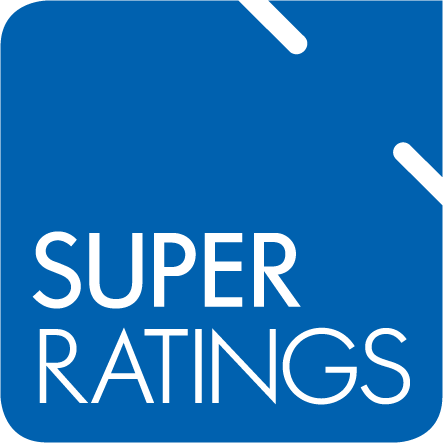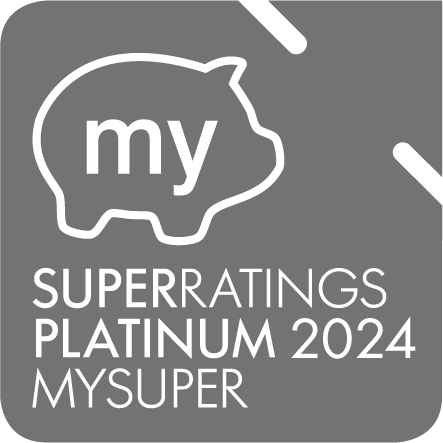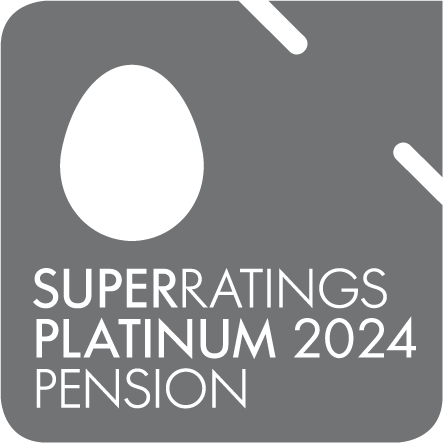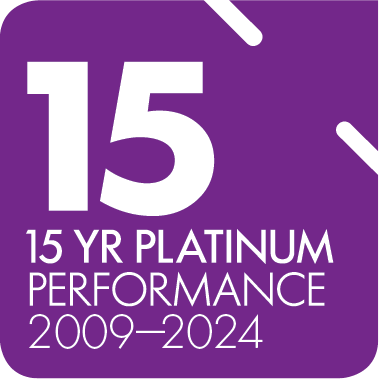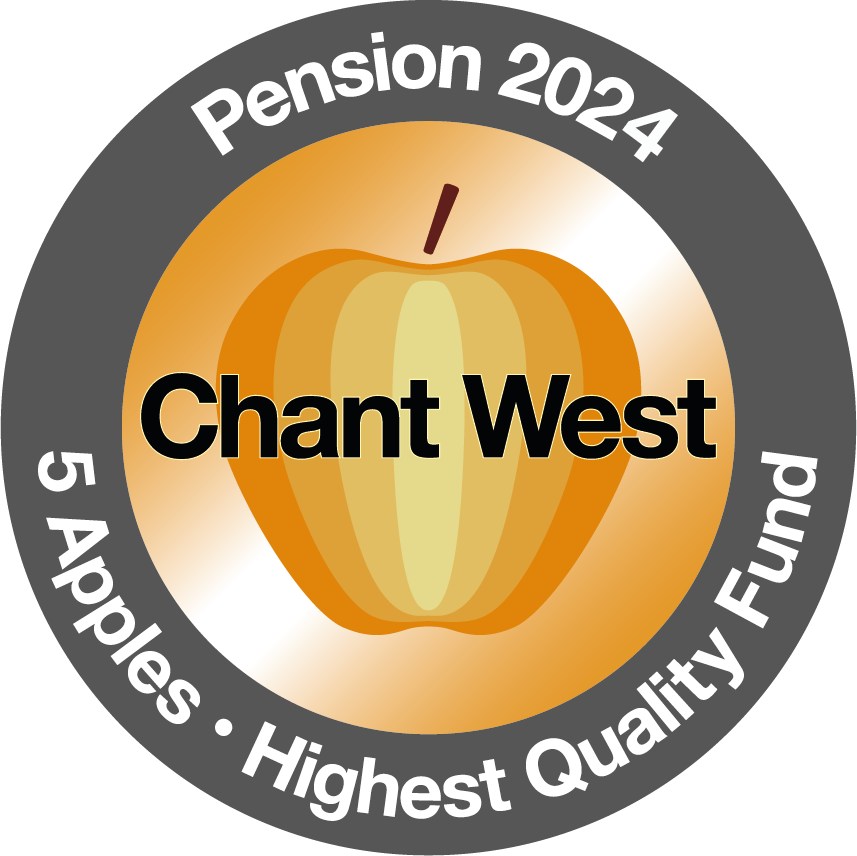Life used to be simpler. For better or worse most people found themselves with a basic career arc. You’d finish your studies, go into the workforce, and stay with the same employer until the day you retired. That scenario offered stability, and usually came with a retirement plan when you finally decided to put your feet up.
Times change, and the rise of the gig economy has seen more people self-employed or working on a contract basis. While that allows more freedom and options, it can also have serious financial repercussions, because it means you may need to manage your own super. Here’s how to get started.
Regular super payments add up
Whether you’re a freelance designer, delivery driver, or run your own online business, if you’re a self-employed worker you don’t automatically receive super contributions. Which means it’s on you to sort out your super and make sure you’re planning-ahead.
Research shows that around 20% of self-employed people have no super savings. And in the long run their super balances are around half that of employees.
Failing to build your super balance when you’re young means you’re missing out on years of compound interest and growth. Assuming you earn $60,000 per annum and contribute the standard 9.5% to super, you would have approximately $30,000 saved within five years. After a decade of default returns and fees that number would be just north of $65,000. Which puts you on track to retire with over $325,000.*
Taking matters into your own hands
So how do you balance the need for an immediate income with long-term savings goals?
There are a couple of practical things you can do, and some government incentives to help as well.
1. Make regular payments into your super
For a typical employee, an amount equal to 9.5% of their income is contributed to their super. Which means that every time they’re paid, a portion of their income is automatically paid into their super account.
If you’re working for yourself, you can do something similar by arranging regular payments into your super account.
Each super account has its own account number. Which means you can set-up regularly scheduled BPAY transfers with your bank to coincide with your pay cycle. Even if you can’t afford a 9.5% contribution, making regular contributions can help you develop good savings habits.
You can find your BPAY account details by logging into your account.
2. Take advantage of government incentives
If you earn less than $54,837 and you make a personal after-tax contribution to your super, you may qualify for a government co-contribution, which means your super payments could be topped up by the government after your lodge your annual tax return. The government is currently offering up to $500 in co-contributions annually.
If you’re on a higher income there are potential tax advantages for making super contributions. For example, if you make a (before tax) super contribution the money will be taxed at 15%, rather than your usual marginal tax rate. Which can mean a considerable tax saving, e.g., 15% vs 32.5%.
Either way, speaking with an accountant or financial planner can help you better understand your options, and make the most of your current income. An initial appointment with one of our financial planners is available at no additional charge, and is a great way to start.

